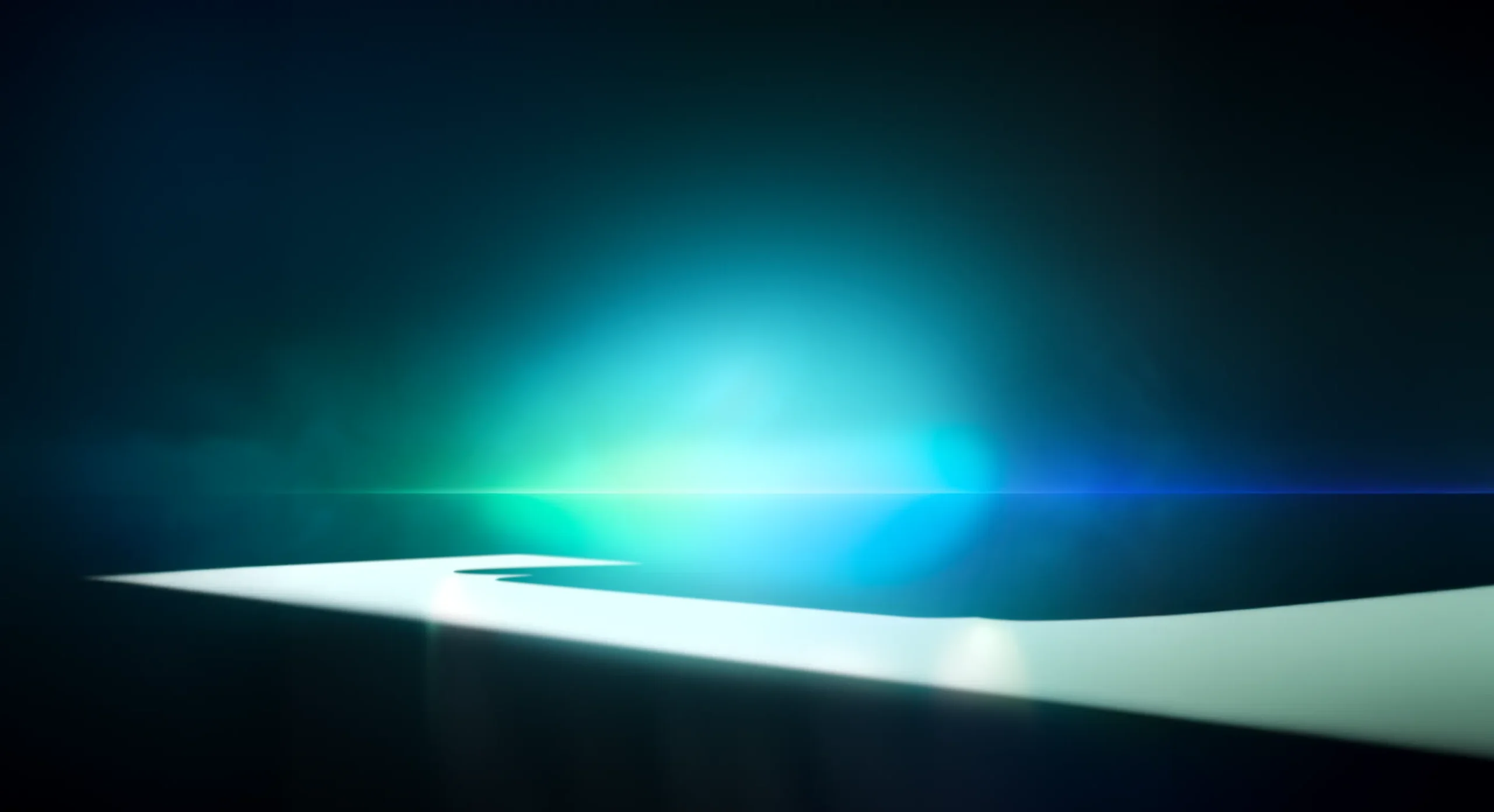
Microsoft and ASUS finally slapped price tags on the ROG Xbox Ally handhelds: €599 for the standard model and €899 for the ROG Xbox Ally X, both landing October 16. This caught my attention because it’s Microsoft doubling down on Windows handhelds and trying to make them feel like an Xbox-without giving up the PC freedom to run Steam, GOG, and everything else. That’s a bold promise in a space where “console-like” usually collapses the moment Windows Update pops up mid-boss fight.
Microsoft calls these “handheld consoles that mark a new step for gaming on Xbox and PC.” Under the gloss, the pitch is straightforward: a Windows handheld that behaves like a console when you want it to. There’s a dedicated Xbox button that pulls up the Game Bar, a unified library view spanning Xbox and PC stores, and the option to play natively or via the cloud. The chips are AMD’s handheld-focused Ryzen Z2 line: the standard Ally uses a Ryzen Z2 A, while the Ally X steps up to a Ryzen AI Z2 Extreme. If that naming sounds like a sequel to the Z1/Z1 Extreme used in earlier Windows handhelds, you’re reading it right-this is the next round of silicon tuned for portable gaming.
On price, the good news for Europe is that the Ally X undercuts the US tag: €899 here versus $999 there. The X model is the meaningful upgrade: 24 GB of high-speed RAM for the iGPU to breathe, a 1 TB SSD, and a chunky 80 Wh battery—basically the components list you need if you actually want to roam away from a wall outlet. Microsoft and ASUS also tout haptic triggers, which, if implemented well, could be a differentiator for feel and feedback in shooters and racers.
Hype check: “The hype is real! ROG Xbox Ally X preorders are sold out on the Xbox Store worldwide,” Xbox posted. That’s great for headlines, but we’ve seen “sold out” before translate to thin day-one quantities. If you missed the first wave, don’t panic-buy.

I’ve lived with both a Steam Deck and a couple of Windows handhelds, and the tradeoffs haven’t changed: Valve’s Deck nails consistency and suspend/resume, while Windows devices chase raw flexibility and higher ceilings with more fiddling. The Ally X’s 80 Wh battery is a statement—bigger than what most Windows handhelds shipped with last generation and a direct response to “45 minutes on Starfield” memes. Add 24 GB RAM and you’ve got headroom for RDNA integrated graphics to push modern games at reasonable settings.
Price-wise, the €599 base Ally rubs shoulders with Steam Deck OLED territory, which starts lower depending on storage but brings Valve’s polished UX and verified game catalog. If your library is mostly Steam and you crave zero-maintenance handheld gaming, the Deck remains the safer bet. If your library sprawls across Xbox, Steam, and GOG—and you want day-one access to big multiplatform PC releases and Game Pass on the go—the Ally proposition starts to make sense, especially the X model with that battery and storage.
The question mark is the Windows layer. Microsoft’s console-like shell, the dedicated Xbox button, and a unified library are all promising, but Windows still needs to be invisible in the moments that matter: sleep/wake reliability, controller-first navigation everywhere, painless updates, and stable drivers. We’ve been burned before by sudden UI hiccups, scaling quirks, or a rogue update nuking controller input. If Microsoft truly smoothed those edges, this could be the first Windows handheld that feels “console enough” for the mainstream.

If you’re deep into Game Pass and you own a broad PC library across multiple stores, the Ally X looks like the right target—battery, RAM, and 1 TB make it a viable daily driver rather than a novelty. Competitive or mod-heavy players who want full Windows flexibility will appreciate the open ecosystem. For everyone else, patience is smart. Wait for real benchmarks on the Ryzen Z2 parts, battery testing in demanding games, thermals, fan noise, and—most importantly—suspend/resume behavior and UI polish.
As for the “sold out” moment: cool, but not a reason to overpay. Windows handheld launches regularly cycle through restocks. Unless you absolutely need it day one, let reviews land and let the market settle.
ROG Xbox Ally lands October 16 at €599; Ally X at €899 ($999 in the US). Big battery, more RAM, and a console-flavored Windows pitch make the X the interesting one. If Microsoft nailed the handheld UX, this could be the first Windows portable that truly feels like an Xbox. If not, the Steam Deck still owns convenience.
Get access to exclusive strategies, hidden tips, and pro-level insights that we don't share publicly.
Ultimate Gaming Strategy Guide + Weekly Pro Tips